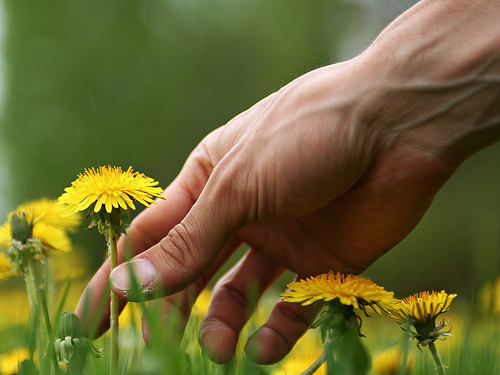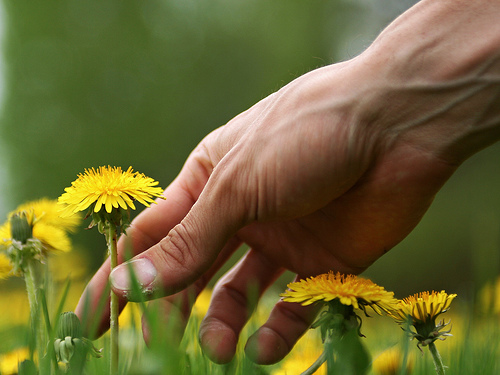Send your question to Umbra!
Q. Dear Umbra,
In honor of spring finally coming to my frigid corner of the Midwest, I was thinking about trying my hand at making some dandelion wine. But I live in a major metropolitan area and the only dandelions available are in parks. There are hundreds of parks in Chicago and millions of dandelions, and I’m sure no one will care if I pick them. My concern is pesticides. Since dandelions are generally considered a noxious weed, I am worried they are probably being doused with the stuff, and I am not interested in drinking pesticide-infused wine. Is there a way I can look into the pesticide usage? Will washing reduce the pesticides sufficiently? How can I enjoy the first delicious fruits of summer without poisoning any dandelion wine party guests?
Kjersten
Chicago, Ill.
A. Dearest Kjersten,
Great news from the Windy City: Ninety percent of Chicago’s parks are pesticide free, which might actually explain all the dandelions you see. Chicago’s Park District has been working with the Illinois Department of Environment and an Illinois Safer Pest Control Project to reduce the use of pesticides in the parks and instead institute natural lawn care techniques to maintain the grassy sward. They are using organic fertilizers, leaving the lawn at three inches, and watering deeply. Dandelions and other interesting and nutritional plants can thrive until the weeding tool comes along, and animals, including people, need not fear for their health as they lounge about. Progress!
 A dandy idea?TheGiantVermin via flickrStill, you might call the Park District and ask about the program, in particular about how it pertains to the specific park from which you intend to pilfer (though I wouldn’t mention the pilfering outright). If they give you satisfying information about non-use of pesticides, then only one last barrier remains: dog excrement and urine. Also the excretions of picnickers, tourists who can’t find a toilet, Chicagoans who don’t have access to a bathroom, and children in toilet training. Somehow, all these things just seem acres more disgusting than swallowing a little atrazine aperatif. But old pee is not particularly bad, and may have actually helped boost the leafy growth of dandelions. Just don’t gather any leaves in those hidden nooks where no one can see you. If you know what I’m saying.
A dandy idea?TheGiantVermin via flickrStill, you might call the Park District and ask about the program, in particular about how it pertains to the specific park from which you intend to pilfer (though I wouldn’t mention the pilfering outright). If they give you satisfying information about non-use of pesticides, then only one last barrier remains: dog excrement and urine. Also the excretions of picnickers, tourists who can’t find a toilet, Chicagoans who don’t have access to a bathroom, and children in toilet training. Somehow, all these things just seem acres more disgusting than swallowing a little atrazine aperatif. But old pee is not particularly bad, and may have actually helped boost the leafy growth of dandelions. Just don’t gather any leaves in those hidden nooks where no one can see you. If you know what I’m saying.
The rest of us, living in more benighted cities and towns, should think twice before “wildharvesting” leafy greens and roots from areas where pesticides are applied. Lawn pesticides are not necessarily approved for human consumption. Even if you wash the plants you pick, I think I can’t recommend eating them. Also, don’t gather edibles from the sides of heavily travelled roads. Exhaust emissions and road rinse water do not a tasty dressing make. This is just the time of year for a spring outing to the bucolic countryside, a little hike through a less travelled park, don’t you think?
Winely,
Umbra


